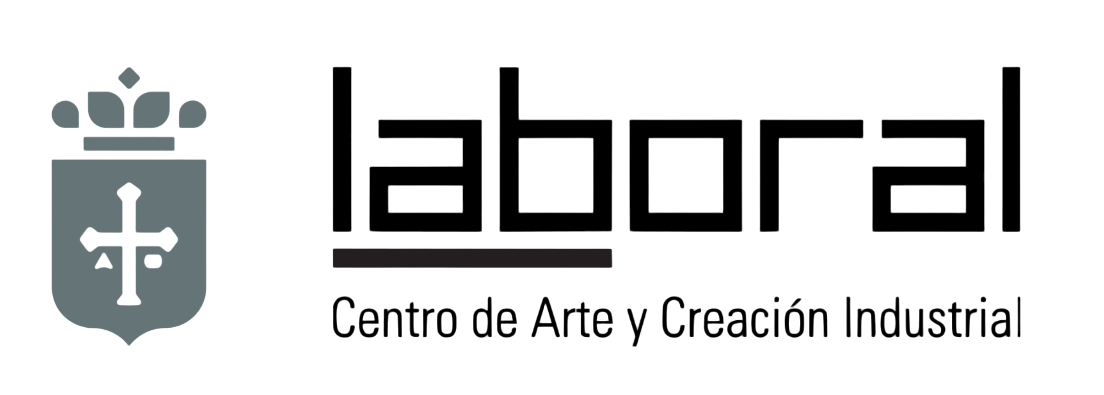Chi Po-Hao
18 September 2016 – 02 November 2016
Chi Po-Hao is a Taiwanese musician and sound artist born in Taipei. He holds a master’s degree in music (Goldsmiths College, University of London) and a bachelor’s degree in economics (National Taiwan University). His primary area of work is sound, mainly (but not only) live electronics, installations and electro-acoustic compositions. In his live performances he usually uses objects he has designed himself or salvaged from some electronic device, everyday materials and scraps. His current work focuses mainly on the perception of rhythm and the interactions that take place in that process of perception. The artist is interested in discovering how we hear and interpret the sound around us and how it is represented.

Project in residence
Lightscape
Chi Po-Hao grew up in Taipei, Taiwan, an overdeveloped city. As a result, he was too used to being surrounded by artificial light sources at night. During his stay in Europe he realized that most European cities have lower densities of artificial light sources compared to Taipei. This made him perceive them differently and he noticed how little attention he had paid to the light sources distributed throughout the cities (such as street lighting, LED billboards, traffic lights, etc.). When you walk through a city, depending on the route you take, you perceive differences in light changes and shadows. In addition, our perception of light sources also varies depending on how we move.
This work aims to capture and transform the artificial lights of cities at night; it is ultimately about the main elements represented as visual elements, moving images and performative manifestations. In order to deepen the relationship between the city as an interface and artificial lights as well as the way people perceive it, we will identify the changes of light and shadows that give rise to images and sounds coming from artificial light sources and human activities taking place in the city. The chosen route will act as a musical notation or score; street lighting and traffic lights act as the main theme of the musical composition.
The first “tests” have identified correlations between the density of artificial light sources and the acoustic level. Street lights can be considered fixed configurations and displayed in an orderly fashion on the streets. Citizens face these lights with a certain rhythm, in a relative uniform motion if they are moving. These are artificial scenes in the form of choreographic scripts that take place on a daily basis. However, pedestrians, traffic, store lights and reflections on busy streets also become components of uncertain and variable elements of Lightscape; the street lights although representing a dichotomy between order and disorder, fixed and random configurations, are perceived as a unique “rhythm” in the city. According to Foucault, the interval and routing of street lights in urban plans would act as a form of control, and in order to free themselves from this control humans would rearrange the environment. As a consequence of this rearrangement the rhythm of the city would become an element of an artificial nature.



